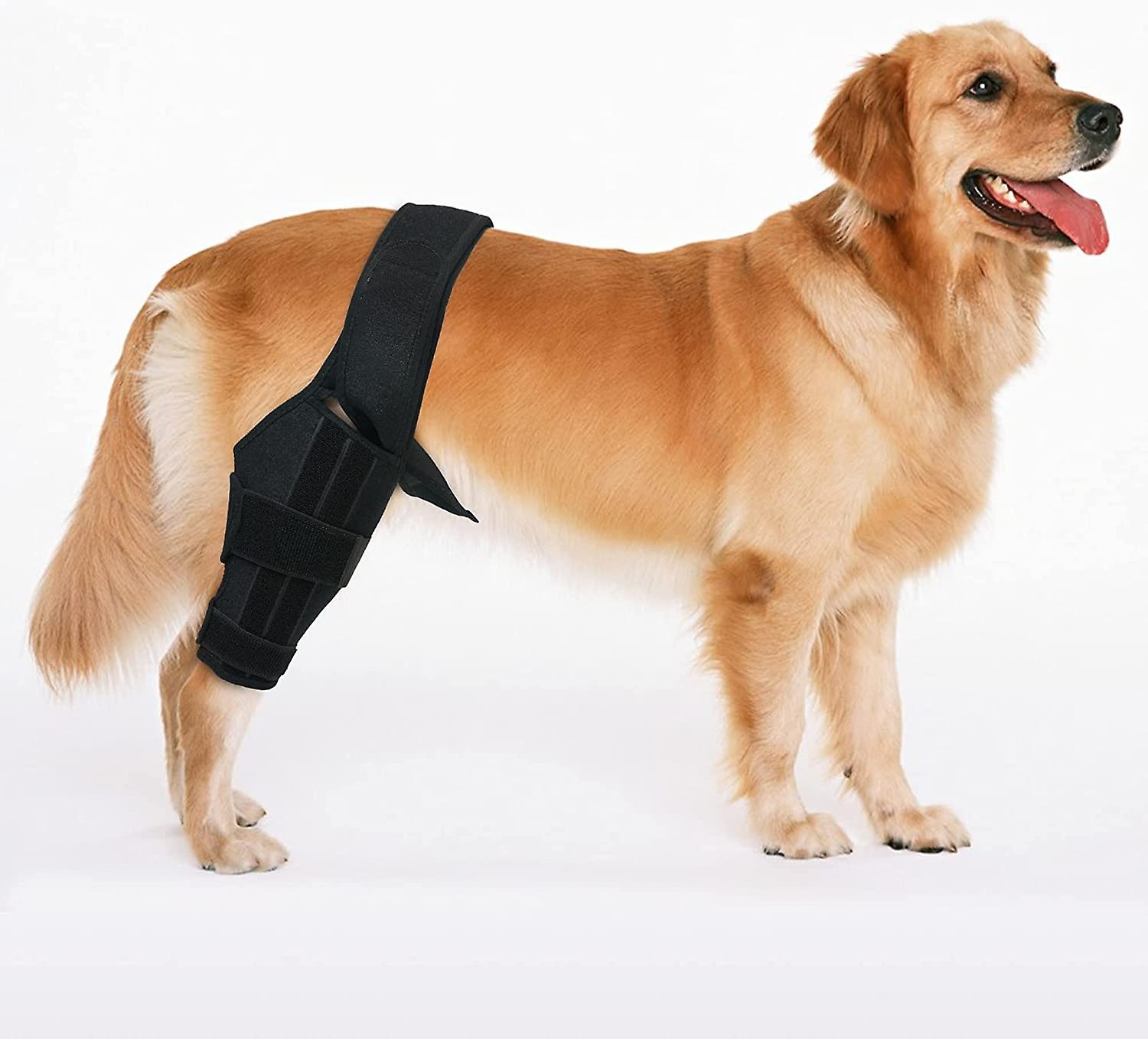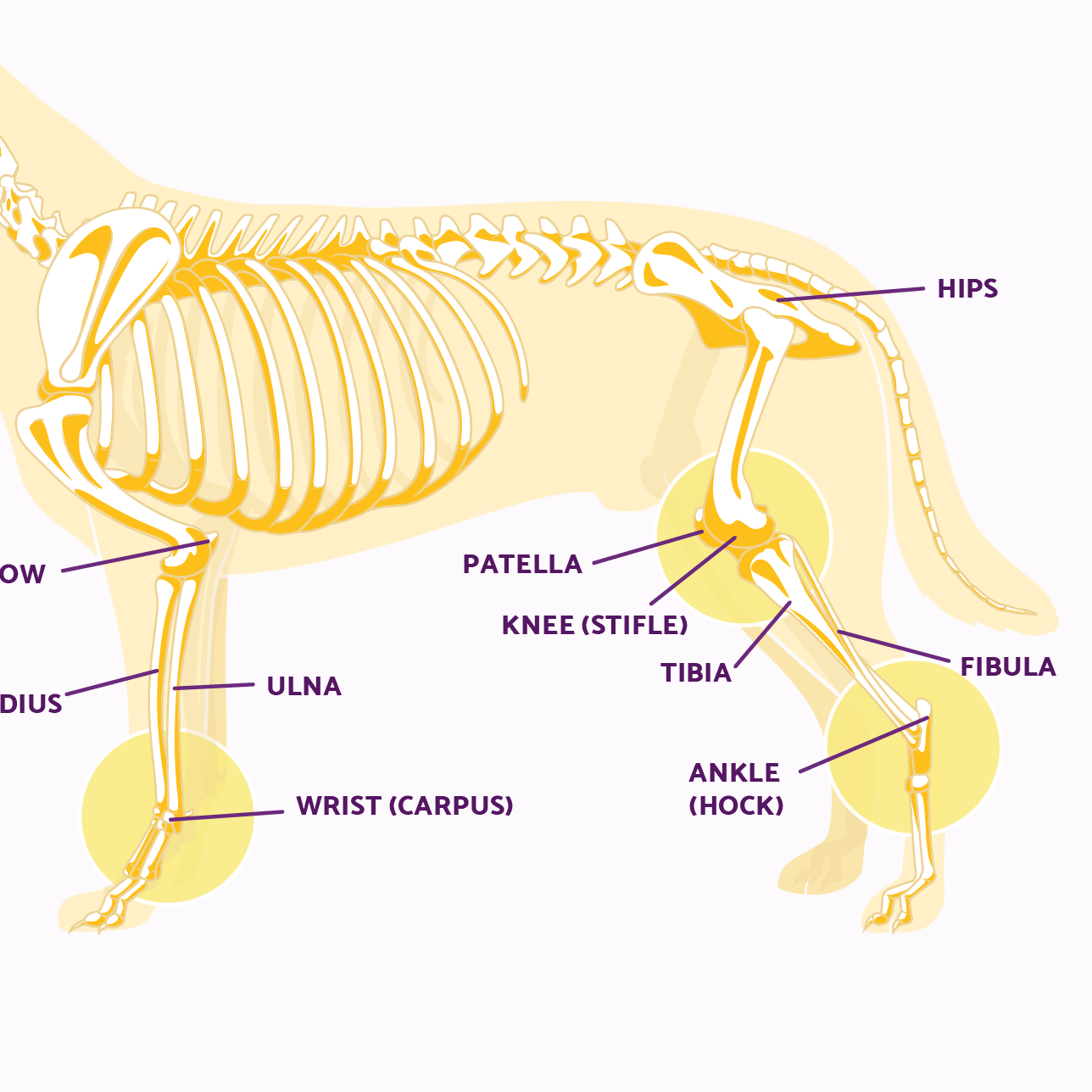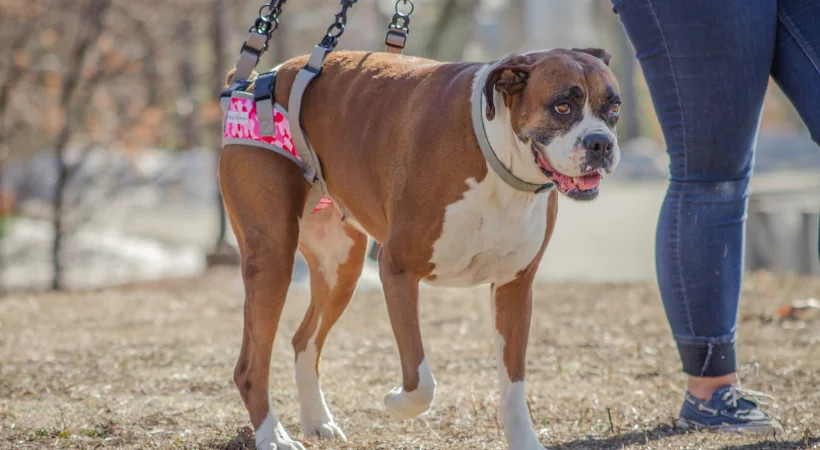Introduction:
Dogs with arthritis in their back legs often experience pain, stiffness, and reduced mobility. In this comprehensive article, we will explore various strategies to help manage and improve the quality of life for dogs facing this condition. Understanding the causes, symptoms, and treatment options for dogs with arthritis in their back legs is crucial for providing effective care and support.
Managing Dogs with Arthritis in Back Legs: Understanding the Condition:
Arthritis, also known as osteoarthritis or degenerative joint disease, is a common condition in dogs, particularly in their back legs. It involves the progressive deterioration of joint cartilage, leading to inflammation, pain, and restricted movement. Dogs with arthritis in their back legs may exhibit symptoms such as stiffness, lameness, decreased mobility, joint swelling, and muscle atrophy.
Managing Dogs with Arthritis in Back Legs: Effective Strategies:
While there is no cure for arthritis, various management strategies can help alleviate pain, improve mobility, and enhance the overall well-being of dogs with arthritis in their back legs.
Recommended:
- Petco Review: The Power of Together
- PetSmart Review: Where Pets Inspire Us
- Hill’s Pet Nutrition Review: Pioneering Pet Health and Nutrition
- Royal Canine Review: Tailored Nutrition for Every Pet
- Chewy Review: Pet Care at Your Doorstep
Consider the following approaches:
- Veterinary Consultation:
Seek professional veterinary advice for an accurate diagnosis and to develop a tailored treatment plan for your dog. The veterinarian may recommend diagnostic tests, such as X-rays or joint fluid analysis, to assess the severity of the arthritis and guide treatment decisions.
- Weight Management:
Maintaining a healthy weight is crucial for reducing the strain on arthritic joints. A balanced diet and portion control can help prevent excessive weight gain and promote overall joint health.
- Exercise and Physical Therapy:
Regular, low-impact exercise can help improve joint mobility and strengthen supporting muscles. Activities such as controlled walks, swimming, and physical therapy exercises tailored to your dog’s needs can be beneficial. Consult with a professional to develop an appropriate exercise plan.
- Joint Supplements:
Certain joint supplements, such as glucosamine, chondroitin, and omega-3 fatty acids, may help reduce inflammation, support joint health, and alleviate pain. Discuss the appropriate supplements and dosages with your veterinarian.
- Pain Management Medications:
In some cases, pain management medications, such as non-steroidal anti-inflammatory drugs (NSAIDs), may be prescribed to alleviate pain and reduce inflammation. These medications should only be used under veterinary guidance due to potential side effects.
- Assistive Devices:
Using assistive devices, such as ramps or stairs, can help dogs with arthritis access elevated surfaces more easily. Orthopedic beds or supportive bedding can also provide additional comfort and joint support.
Conclusion:
Arthritis in dogs’ back legs can significantly impact their quality of life. By implementing a comprehensive approach that includes veterinary guidance, weight management, appropriate exercise, joint supplements, pain management medications, and assistive devices, we can enhance their mobility, alleviate pain, and improve overall well-being. Remember, every dog is unique, so it is essential to work closely with your veterinarian to develop a personalized treatment plan.
References:
- Levine, D. (2012). Osteoarthritis in dogs: A review. The Veterinary Journal, 190(1), 7-14.
- Moreau, M., Troncy, E., & Del Castillo, J. R. E. (2013). Medical management of canine osteoarthritis. Veterinary Journal, 195(1), 24-30.
- Roush, J. K. (2010). Canine osteoarthritis: An update. The Veterinary Clinics of North America. Small Animal Practice, 40(2), 267-282.
- Scott, R., & Perry, R. (2017). Canine osteoarthritis and treatment options: A review. The Veterinary Nurse, 8(7), 378-383.



